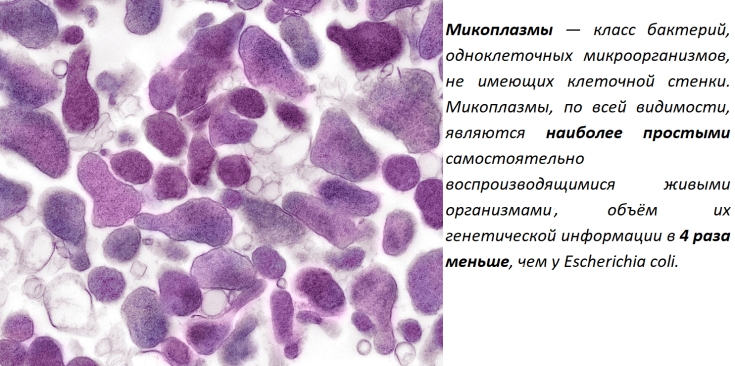The microorganism Mycoplasma Genitalum has been known to mankind for many years, but the discovery of its true pathogenic properties has only recently been identified.
Recently, the biggest problem has been the widespread distribution of strains of mycoplasmas resistant to standard antibacterial drugs.
Among the causes of antibiotic resistance, one should highlight the low adherence of patients to treatment (inadequate therapeutic course, skipping medications), as well as the use of ineffective antibiotics due to self-medication.
In this article on estet-porta.com you can find the principles of treatment of mycoplasmosis caused by Mycoplasma Genitalum, which meet international recommendations.
Characteristic clinical features of urogenital mycoplasmosis
The microorganism Mycoplasma Genitalum affects the ciliated epithelium of the urinary and genital tract and has a very small genome size. The infection is transmitted sexually.
Mycoplasmosis caused by Mycoplasma Genitalum, clinically very similar to chlamydia caused by Chlamydia trachomatis.
Trichomoniasis: symptoms, treatment, complications
Recent studies show that the prevalence of mycoplasmosis is currently higher than other sexually transmitted infections.
Mycoplasma is detected in approximately 50-60% of patients with chronic diseases of the pelvic organs.
Follow us on Telegram
Urogenital mycoplasmosis often occurs without any symptoms
Mycoplasma is a common etiological cause of urethritis in men, as well as cervicitis and pelvic inflammatory disease in women.
In 15% of cases, mycoplasma is detected in clinically healthy individuals, which indicates a wide distribution of asymptomatic forms of the disease.
Due to the fact that the infection often does not have any clinical symptoms, it is not identified in time.
Affecting the pelvic organs in women, Mycoplasma Genitalum contributes to the development of chronic inflammation of the uterine appendages. In turn, chronic salpingitis – this is one of the most common causes of infertility.
Mycoplasma often causes infertility

Urogenital mycoplasmosis: possibilities of pathogen identification
The examination of the material for the presence of Mycoplasma Genitalum should be carried out after the exclusion of gonococcal and chlamydial infections.
Research material is:
1. smears and scrapings of the mucous membranes of the cervical canal, vagina in women;
2. smears and scrapings of the mucous membranes of the urethra in men;
3. The first portion of urine in men.
The lack of specific serological assays for Mycoplasma Genitalum antigens makes nucleic acid amplification tests (NAATs) the only option for identifying the microorganism.
Mycoplasma Genitalum – "new" the enemy of reproductive health
Modern approaches to the treatment of mycoplasmosis: drug therapy
The first line of treatment for mycoplasmosis is azithromycin, according to the regimen: azithromycin 500 mg on the first day, 250 mg from the second to the fifth day. The effectiveness of azithromycin is 85-95%.
Today, there is an increase in the number of mycoplasma strains resistant to antibiotics of the macrolide group.
The reserve drug is moxifloxacin. The drug must be taken according to the scheme: moxifloxacin 400 mg once a day for 7 days.
After 4 weeks after therapy, it is necessary to re-examine the materials to determine the mycoplasma genome to confirm the success of the treatment.
It is very important to treat both sexual partners simultaneously to avoid reinfection.
Thank you for staying with estet-portal.com. Read other interesting articles in the "Gynecology" section. You may also be interested in: Principles for the diagnosis and treatment of mycoplasma infections of the respiratory tract







Add a comment